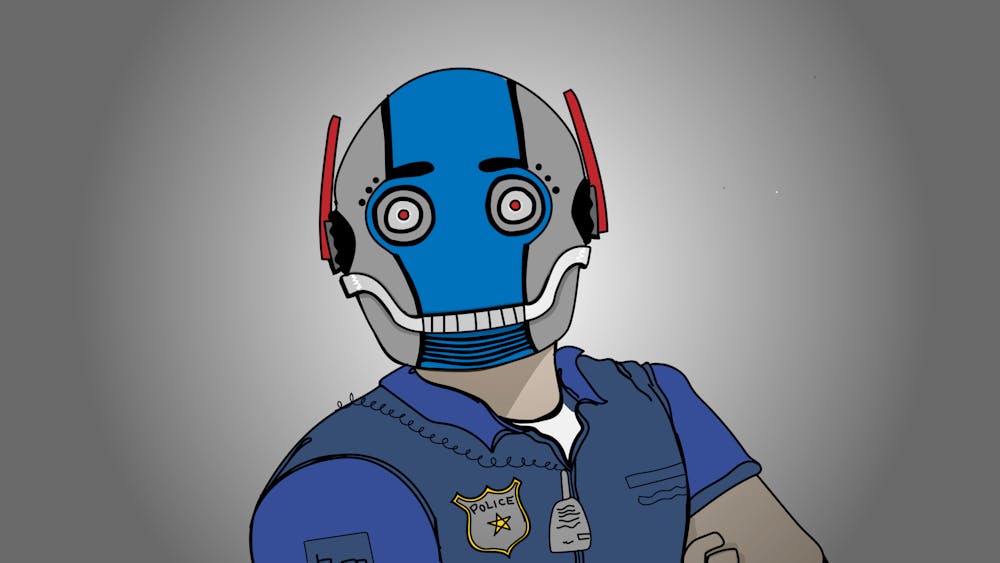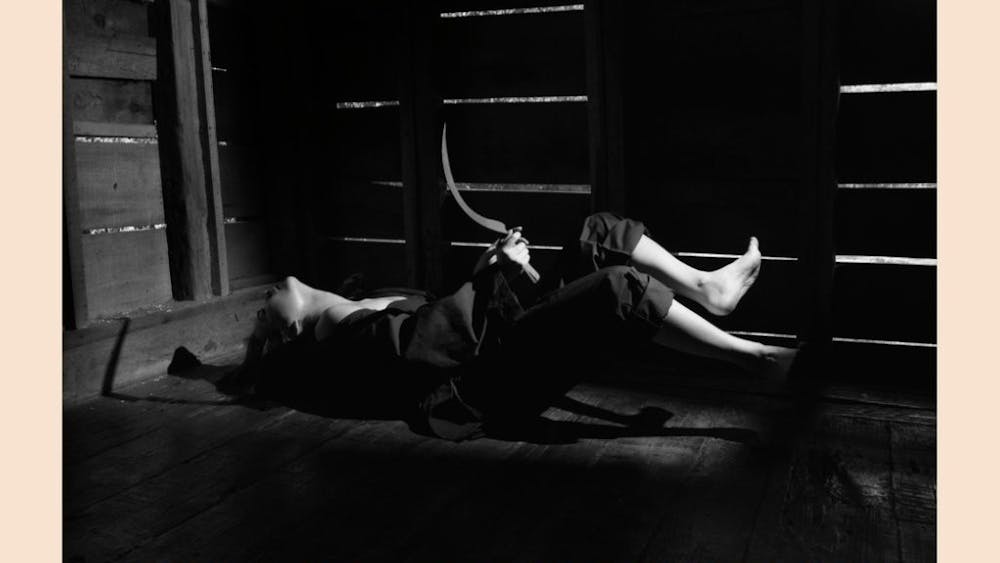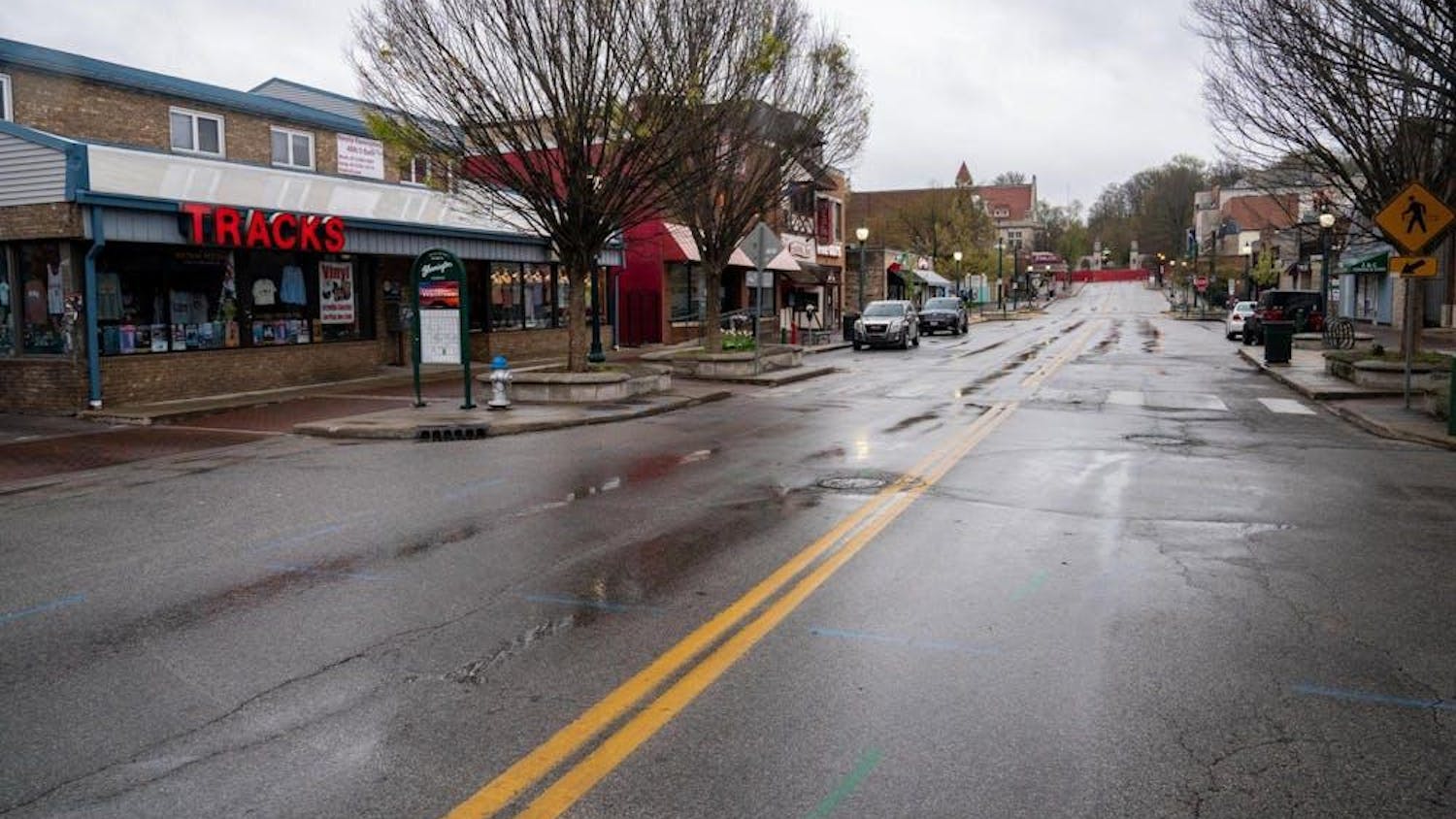There is this glorious space of time right after I wake up – before I’ve assuaged my caffeine addiction or moved enough to elicit the pre-caffeine headache – when I am awake, but still in the fuzz-brained tendrils of warm dreaming. This is the time when I consume the news, and when I say news, I mean catching up on the latest PostSecret; reading my favorite blog, Confessions of a College Callgirl; or stalking my friends’ Facebook mini-feeds. This Sunday morning was particularly resplendent, with the light rain pattering on the roof outside my second-story window and the crisp autumn breeze knocking stubborn leaves from the trees. The PostSecrets were painful, College Callgirl was poignant as usual and my mini-feed informed me that a friend had joined a group called “Art Gave Me Unrealistic Expectations About Life.” Like a good little Facebook whore, I had to check it out. \nI was familiar with the groups that lamented the loss of innocence perpetuated by the exaggeration of good things, like the Prince Charmings of Disney or the unattainable beauty of Hollywood actresses, but this group was slightly different. Its members were instead lamenting the classic dramatization of really bad things, most notably, the glamorous poverty of Charles Bukowski and the fleeting beauty of life found in “Harold and Maude.” It got me thinking about the function of art. Why, with all of our technology, science and sophistication sucking the mystery and intrigue out of existence, do we still not only yearn for, but fundamentally need, “Harold and Maude” and Charles Bukowski? \nThey are elaborate lies and we know they are lies. \nBeing a junkie is never as pretty as Ewan McGregor in “Trainspotting.” Love is never as calculatedly awkward as in “Me, You, and Everyone We Know.” I personally was quite miffed with Henry Miller when my despondent wanderings around a big city last summer did not directly resemble “Tropic of Cancer.” Not a single stranger pitied a poor, starving artist and offered her a cigarette, let alone a meal. As a matter of fact, the realistic permeations of the suffering so glamorously portrayed in our cultural masterpieces are generally quite dull and meaningless.\nA little-known Serbian poet, Momcilo Nastasijevic, once said, “If wound there be, let it be deeply alive,” and that, for me, is the resounding hope of artistic suffering. Everyone hurts, whether that hurt is self-inflicted or resulting from the cyclical nature of existence. It’s the curse of higher consciousness that drives humanity to search for meaning in suffering. Much to our collective displeasure, however, our wounds are, for the most part, not alive or even interesting – but the suffering in art, with its glamour and its poignancy – gives us hope that we may suffer with purpose. We need the beautiful anguish of the artists, in all of its edited and exaggerated mastery, because it suggests that our own pains might translate, one day, into transcendent beauty. Lament not the lies of the artists, for their perfected pain is the uniting force of our culture.
Unity through artistic suffering
Get stories like this in your inbox
Subscribe





